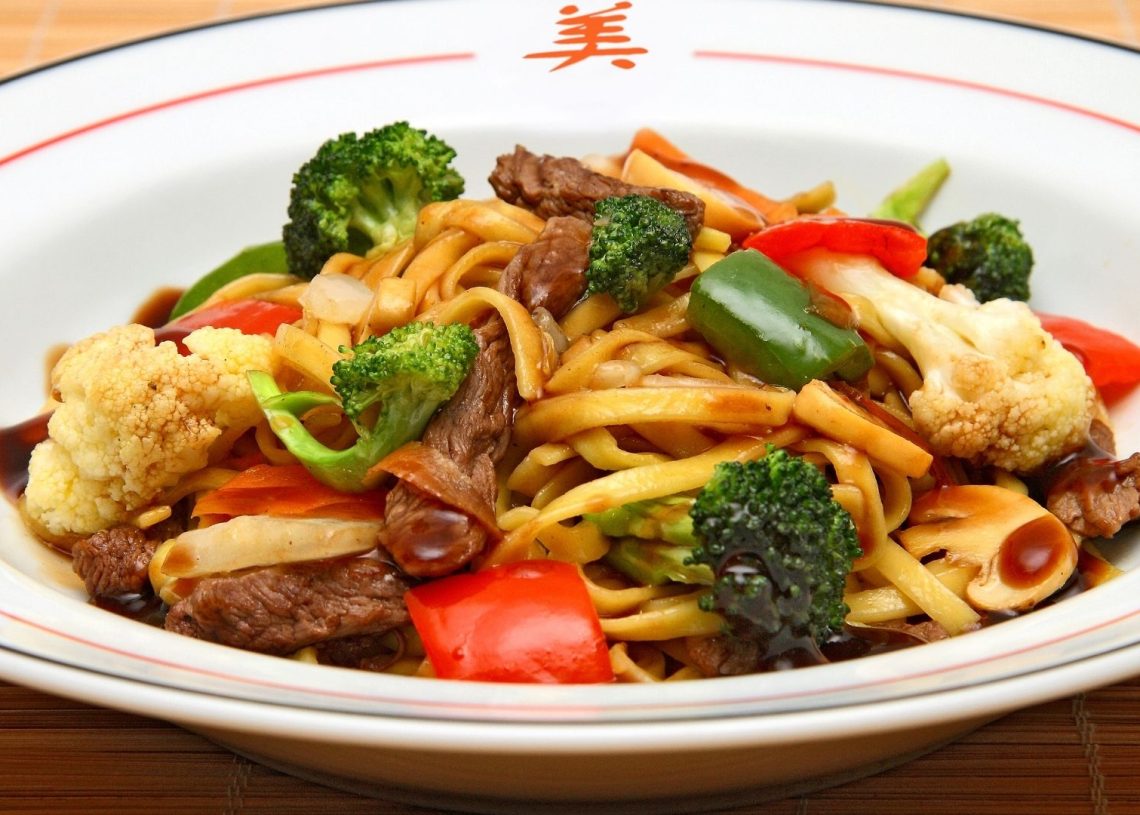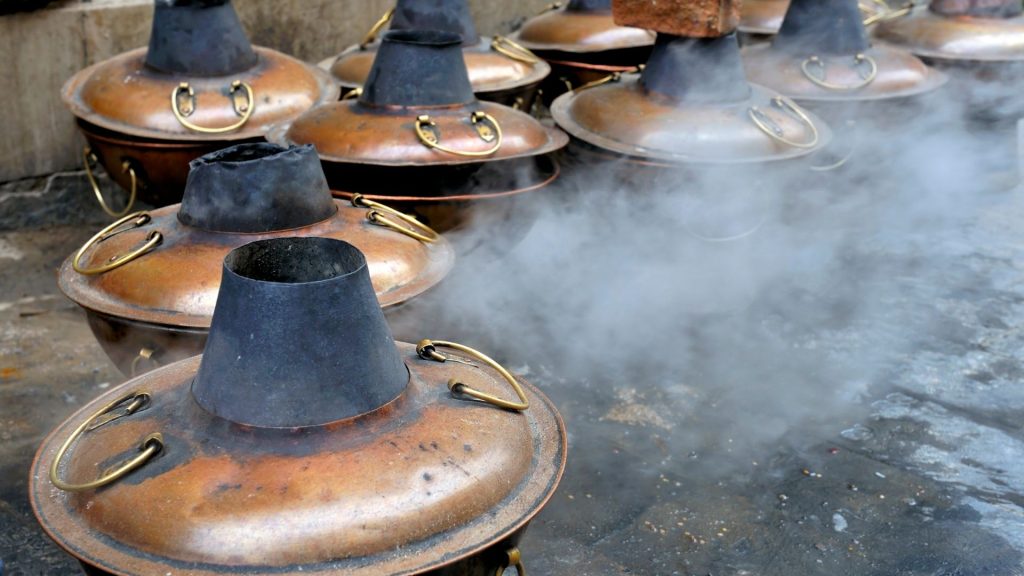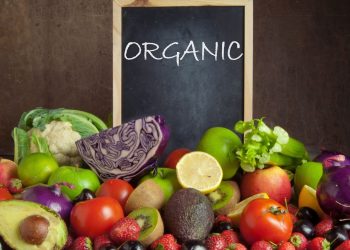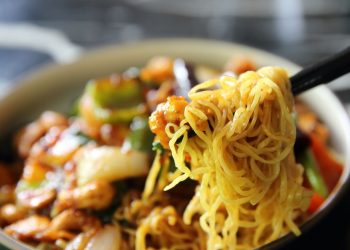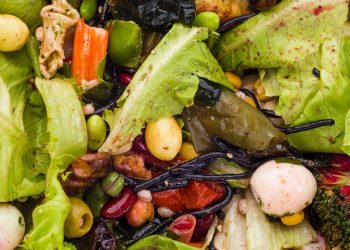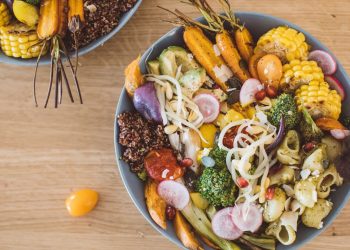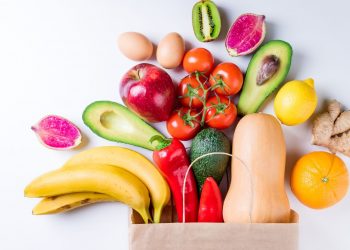Mongolian food is heavily inspired by cuisines from Russia, China, and other nations based in Central Asia, while still maintaining ties to the country’s nomadic customs. Boiled mutton, Tibetan-style dumplings, and tea made with sheep, cow, camel, or horse milk are the mainstays of Mongolian cuisine.
A lot of the food is oily or heavy. Still, Mongolians don’t have to worry about cholesterol because vegetables and fruits are scarce in the country. Mongolians commonly remark, “Meat is for men, grass is for animals,” in the same context.
Mongolians rely heavily on dairy products in their diet. Dairy products are referred to as white food, whereas meat or animal flesh is red food in Mongolia. Milk from cows, horses, sheep, goats, camels, and reindeer are used as raw materials for white dishes, with horse milk containing the most nutrients. Cow’s milk is widely consumed, is thought to be healthful, and is utilized in several delicacies.
Mutton is greasy and has a sickening odor that permeates everything, including money, as per Mongolians. The Mongolians have a knack for turning even the blandest dish into a good one by serving it cold, plating it with black carrots, or presenting it with a goat ear.
Mongolian Food Enlists Meat as its Major Constituent!
During the summer, milk products reign supreme. Dried meat has been the mainstay of traditional Mongolian food in winters. Every part of the sheep, including the intestines, heart, kidneys, eyes, brains, head, and tail, is consumed in conjunction with mutton.
The head of a sheep is considered a delicacy. Chicken and pork, on the other side, don’t hold much relevance in Mongolian food. Mongolians do not even eat horse meat (but Kazakhs do), although they consume goat meat and beef. Few of the Mongolians sell Jerky from horses as pet food. In certain locations, you can easily find people consuming camel flesh. In hotel restaurants, Russian delicacies like Russian Salisbury steak are still popular.
Mongolians have historically avoided bread, vegetables, and fruit, although the majority now consumes them. For health concerns, some Mongols continue to refuse to consume vegetables. The Russians gave them bread and pastries, which they adapted into their own food, such as milk and flour dishes, beef and flour grilled with sour cream, and sweet dough made steamed meat pies.
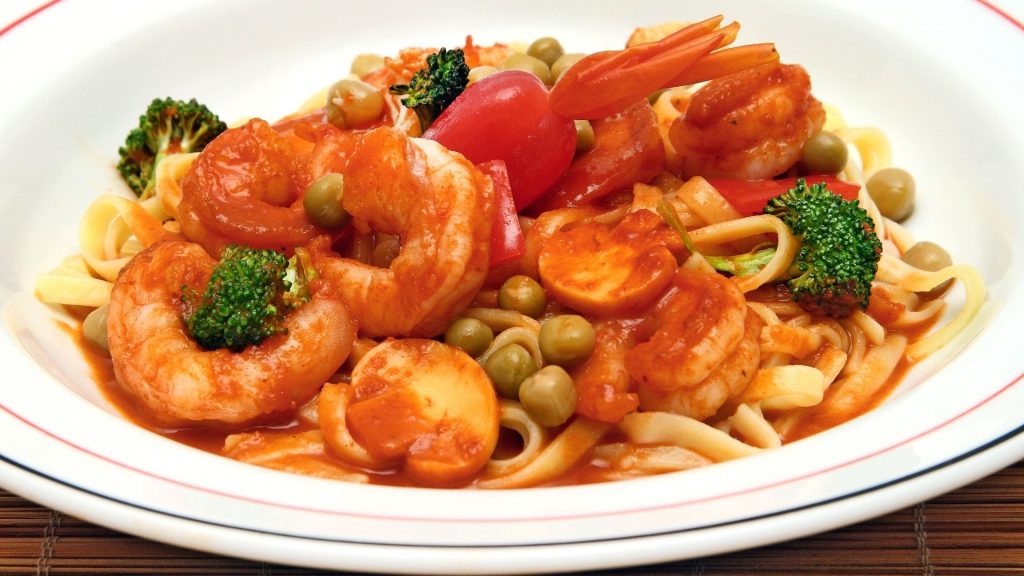
Famous Mongolian Food Customs
Mongolia has a large cattle industry. Wild horses, sheep, goats, cows, and camels are examples of this. Despite the availability of all of these animals, Mongolians do not consume much of their meat. Goat and sheep meat are the most preferred Mongolian food options.
Lamb is grilled or cooked in smaller chunks or barbecued whole. Mongolians loved eating camel meat, but certain regions have banned its consumption due to a scarcity of the animal. They roast, broil, smoke, and dry all types of meat, and they like eating it.
As a visitor, you can easily find Mongolian cuisine with Pork, stew, and dumplings at all meals, including breakfast, lunch, and supper. They seriously regard a meal as incomplete without the inclusion of these food items. Mongolians have a small meal between 7:30 and 8:30 a.m. to begin their day. They then take their lunch between 1:00 and 2:00 p.m. and include mutton, noodle soup, or dumplings.
Sunday meals are often larger and include more dishes. Dinner time stands between 6:30 and 8:00 p.m., and it usually consists of a mutton dish. Rice, borscht, and a piece of overdone beef or stuffed peppers, a hard slab of meat, boiled potatoes, zucchini, sweet buns, and tea are typical train meals.
A typical Mongolian food buffet consists of noodle soup, cabbage salad, beef stew, biscuits, rice, and beer in a ger camp. Noodle soup, Corn salad, meat and rice, and orange dessert are among the picnic foods available on the steppe. Mongolians also prefer to obtain fresh milk and yogurt from local cows.
How does an Average Mongolian Manage his Diet?
The nomadic lifestyle of most of the Mongolians controls their dietary habit. This further includes all the food items that they source from the livestock managed at their premises. So, without a doubt, you can see them consuming Mutton, beef, and goat meat, as well as milk and other dairy products from cattle and goats, as a part of traditional Mongolian food
Mongolians have historically avoided bread, vegetables, and fruit, although the majority now consume them. For health concerns, some Mongols continue to refuse to consume vegetables. However, many have strayed so far from their original nomad diet that they now consume the same things as Chinese people. Special ovens are frequently used for baking bread.
Mongols’ traditional diet consisted mostly of milk and meat, with grain serving as a secondary meal. As people’s living conditions improve, their diet’s structure improves further. Going the same way, the amount of cereal meals and vegetables in Mongolian food has risen dramatically.
In the pasturing zone, milk, meat, and grain food form a triangle power balance. On the other hand, cereal food is the primary source of nutrition in the half-farming, half-pasturing area, with meat and milk as a secondary source of nutrition. Meat and milk, however, have a significantly higher share in the pasturing area.
Mongolian cuisine has been augmented to push on the consumption of vegetables, pasta, and rice in recent years. This is due to a recently observed fact that says that the traditional Mongolian diet frequently leads to struma, or an abnormally enlarged thyroid gland leading to a “swollen” neck, a medical condition caused by a lack of iodine in one’s diet, and the latter to provide a more carbohydrate-rich diet.
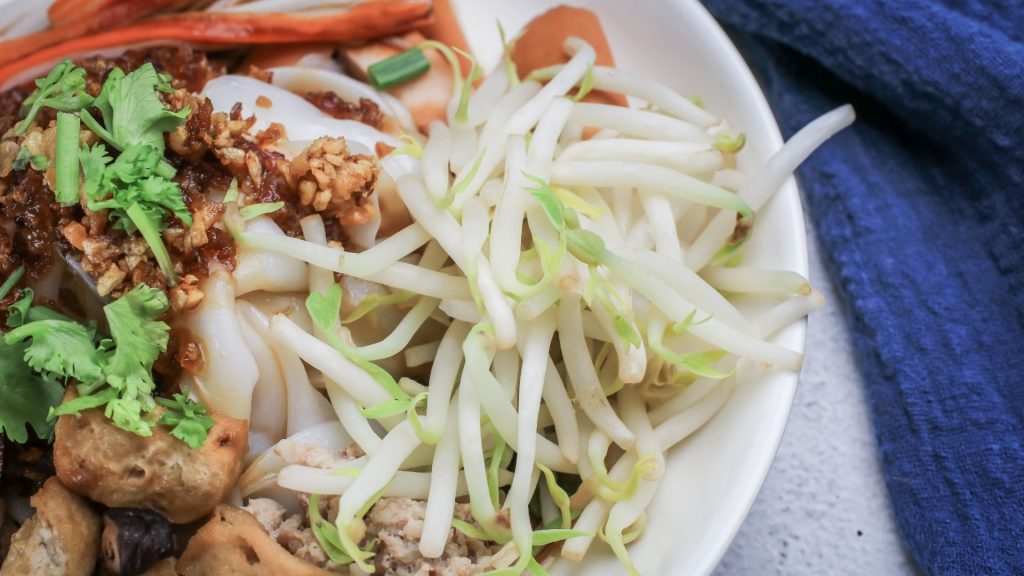
Mongolian Food doesn’t have much of a Space for Vegetarian Cuisines!
“A sneak peek at Mongolia’s agricultural-output figures offers a clear sense of how challenging life may be for vegetarians,” a famous tabloid wrote in 2012. Mutton, beef, and goat are the most popular meats. Potatoes come in second place, ahead of camel meat but well behind horse meat. Carrots, cabbage, and onions also found a mention in food in Mongolia, but only statistically.
However, change is on the horizon. Though Ulaanbaatar, the capital, is not yet on par with European or American hipster towns as a vegetarian haven, a meatless movement is gaining traction. So, if you are a vegetarian and planning to visit this country, you can still locate a good meal at a substandard Indian curry place. There are a plethora of vegetarian eateries offering Mongolian food around.
Mongolians, like Tibetans, are mostly Buddhist, although their version of Buddhism does not prohibit meat consumption. The country’s population, which is estimated to be around 3 million people, is outnumbered by cattle by a factor of 12 to one. Mongolia’s culture and economy have traditionally been centered on nomadic herding, with meat and dairy products serving as the staples of the national cuisine. That said, Mongolia imports the majority of its veggies from China.
A request for vegetarian Mongolian cuisine at a restaurant still elicits a look of bewilderment. Still, Loving Hut, a global vegan restaurant company with many locations in Ulaanbaatar can be your savior in this context. The customers are primarily locals who are young and understand English, albeit not all are vegetarians.
Did the Meat-Free Movement Bring any Significant Changes in Mongolian Food Culture?
Mongolia’s fledgling meat-free movement is part of the country’s larger shift toward a more modernized, cosmopolitan society. The UB Post, a Mongolian newspaper, reported 2,500 vegans in the nation in November 2012.
According to some sources, the number of vegetarians may exceed 30,000. Strokes and stomach and liver cancers are the top causes of mortality among Mongolians, according to Professor Oyuntsetseg of the Mongolian University of Science and Technology, and a vegetarian diet would significantly lower the risk.
Nonetheless, the courageous eaters at Loving Hut are defying powerful cultural currents by eating their preferred Mongolian food. On those agricultural-output charts, tofu and alfalfa sprouts may take some time to catch up to mutton and beef.
Famous Mongolian Cuisines
If we have to enlist famous Mongolian dishes, Mutton soup, roast mutton, Mongolia cake, mutton stew deep-fried mutton, mutton pancake, mutton noodle soup mutton with rice, bansh (smaller dumplings often served in soup), buuz (steamed mutton dumplings), khuurshuur (deep-fried dough stuffed with muttons), borts soup, borts (dried meat) and bortsog (small hard wheat pastries) will make the cut.
Horhog is a staple in Mongolian food and a national delicacy. It’s a goat packed with hot rocks that cook it from within, and it’s also known as a Mongolian stone roast barbeque. It’s generally presented with doughy dumplings and toast.
When it comes to beef, the fattiest cuts are the most desirable. Soups are more like stews and may be quite substantial. Nomads on the steppe frequently consume complete goat or marmot carcasses cooked using hot pebbles inserted into the corpse and heated with a blow torch from the outside.
Mongolian hotpot, or hotpot Mongolia, which consists of meat, noodles, and a variety of vegetables cooked in a hot pot, is more closely connected with China and Inner Mongolia than Mongolia. Mongolian barbecues, which are popular on the west coast of the United States and consist of meat, chicken, and vegetables selected by the customer and grilled on a large grill, are unavailable in Mongolia. In Mongolia, shish kebab is known as Mongolian barbeque.
What Dairy Products Constitute a Major Part of Mongolian Cuisine?
As far as food in Mongolia is concerned, milk from sheep, cows, goats, horses, and camels is accessible in various forms. Urum (thick dry clotted cream eaten with wet creamy curd), ural (hard yellow cheese prepared from the milk of camel, cow, goat, or sheep), tarrag (a type of yoghurt), cottage cheese, and curd are among them (hard, salty dried balls). Mongolians mostly consume boiled mutton, dried meat, and fat in the winters.
Russian dark chocolate, a bit bitter, is seen in snacks and most Mongolian food. There are photos of Leonardo DiCaprio on certain chocolate bars with the Cyrillic word “Titanic” inscribed on them. Some candies from the United States and Europe are also available at certain shops
Famous Meat Delicacies from Mongolia
Mongolians love to gorge on meat daily. In fact, they may also9 lose their temper after going several days without having meat. Just like that, they will start feeling good after filling themselves on meat once again.
Mongolian consumes Horseflesh occasionally, but only at religious rituals and festivals since the horse has a near-sacred position amongst some of the Mongols. The steppe people usually broil meat across an open flame or boil it if the meat is less soft.
Mongolians traditionally consume beef by stewing it and eating it with their hands. To do that, they first dismember a sheep, peel off its skin, and remove the internal organs, as well as the head and hooves. Next, they will chop the whole sheep into many large pieces. And then simmer the meat for a while in simple boiling water.
Afterward, they will remove the meat from the pot as it is cooking for a while. And serve this Mongolian food on large plates at the table.
What is Mongolian Hot Pot or Hotpot Mongolia?
Hot Pot Mongolia is a classic winter meal that you can cook with bean flour noodles, frozen bean curd, beef, and mutton by adding certain other ingredients and spices in a hot pot. This exceptional Mongolian food is delightful for Mongolians and non-Mongolians alike. certain other ingredients and spices in a hot pot.
Patrons often cook the contents in their personal pots or in a communal pot warmed by a furnace beneath the table at hot pot restaurants. As they take up all the ingredients, they will take them out of the pot with chopsticks, dip them in a delicious sauce, and eat them. Nomads in Mongolia’s steppes invented the hot pot Mongolia. A Mongolian barbecue incorporates personally picked meat, chicken, and veggies, subsequently grilled on a large grill.
Mongolians don’t prefer eating fish. As a matter of fact, many consider fish-eating is a forbidden act in the country. It is a Tibetan tradition to do so. Tibetans despise eating fish just as Muslims despise eating pork and Hindus despise eating beef.
Conclusion
Mongolian food stays high on meat and low in spices, given to their disliking for spicy food. You also won’t find any seasoning in Mongolian food, except salt. Yet, if you are a meat lover and cherish trying new cuisines and delicacies, you can give it a go at least once.

